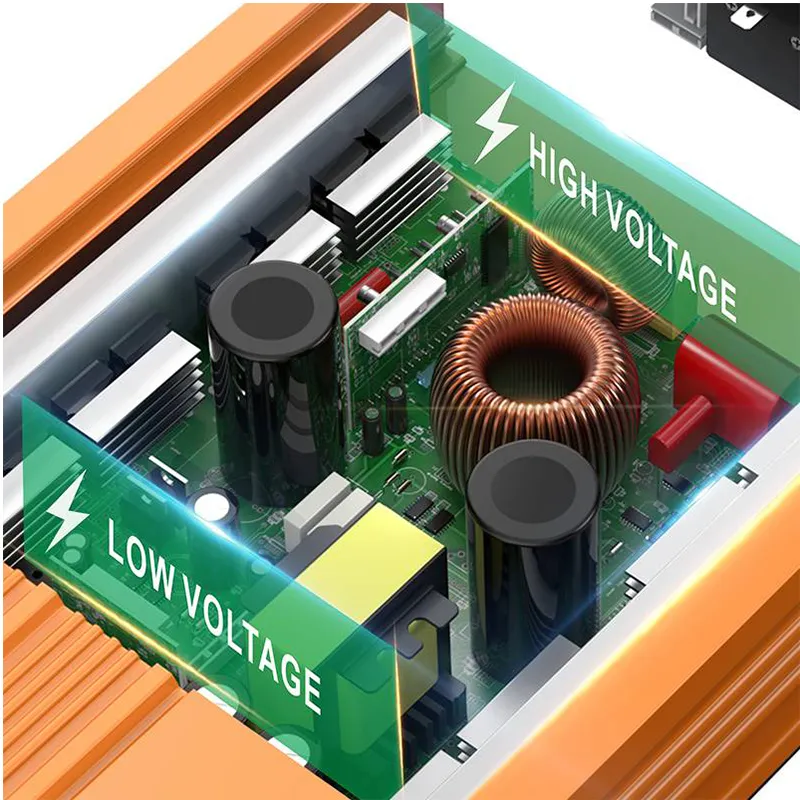Understanding Solar Panel Size Requirements for Optimal Wattage and Energy Efficiency Solutions
Understanding Solar Panel Size per Watt An Overview
As the world increasingly turns to renewable energy sources, solar power stands out due to its abundance and sustainability. However, one crucial factor that potential solar users must consider is the size of solar panels relative to their output, commonly measured in watts. Understanding solar panel size per watt is essential for optimizing energy efficiency, managing installations, and determining cost-effectiveness.
What Does Solar Panel Size per Watt Mean?
Solar panels are designed to convert sunlight into electricity, and their output capacity is typically rated in watts. The size of a solar panel can vary significantly depending on its design and the technology used in its manufacturing. Generally, standard solar panels range from 250 to 400 watts, meaning that larger panels can produce more energy than smaller ones under similar sunlight conditions.
The relationship between size and wattage in solar panels is crucial. For instance, a typical solar panel might measure approximately 65 inches by 39 inches and can yield about 300 watts of energy on average. This size-to-wattage ratio becomes even more relevant when planning a solar installation, as space availability and energy needs must align for optimal performance.
Factors That Affect Solar Panel Size
Several factors influence the size of solar panels and their efficiency
1. Technology Different types of solar cells, such as monocrystalline, polycrystalline, and thin-film, have varying efficiencies. Monocrystalline panels are known for their higher efficiency and can produce more power in a smaller size. Conversely, polycrystalline panels are generally larger for equivalent output, requiring more roof space.
solar panel size per watt

2. Efficiency Ratings The efficiency of a solar panel indicates how much sunlight it can convert into usable electricity. Higher efficiency panels produce more energy per square foot, which is crucial when space is limited. When assessing size per watt, efficiency ratings play a pivotal role.
3. Environmental Conditions The geographical location and climate can affect solar panel performance. Areas with more sunlight can yield higher output, allowing for possibly smaller panels to meet energy demands. On the other hand, in regions with less sunlight, larger panels may be needed.
Installation Considerations
When planning a solar installation, the size of the solar panels relative to their wattage influences not only energy production but also installation costs. Larger panels tend to be more expensive, and the physical size may limit installation options on residential roofs or commercial buildings.
Homeowners and businesses must conduct a site assessment to determine available space for solar panels and the total energy consumption they need to offset. This assessment helps establish the necessary number of panels and their arrangement to maximize exposure to sunlight.
Conclusion
In conclusion, understanding solar panel size per watt is crucial for anyone considering solar energy. The interplay of panel size, technology, efficiency, and environmental factors directly affects energy production and the overall success of a solar installation. With the move towards sustainable energy, making informed decisions about solar panel selection can lead to significant cost savings and environmental benefits in the long run. As technology advances and solar energy becomes more accessible, consumers will be better equipped to navigate their options, ensuring that they harness the full potential of solar power effectively.
-
Unlocking Energy Freedom with the Off Grid Solar InverterNewsJun.06,2025
-
Unlock More Solar Power with a High-Efficiency Bifacial Solar PanelNewsJun.06,2025
-
Power Your Future with High-Efficiency Monocrystalline Solar PanelsNewsJun.06,2025
-
Next-Gen Solar Power Starts with Micro Solar InvertersNewsJun.06,2025
-
Harnessing Peak Efficiency with the On Grid Solar InverterNewsJun.06,2025
-
Discover Unmatched Efficiency with the Latest String Solar InverterNewsJun.06,2025







